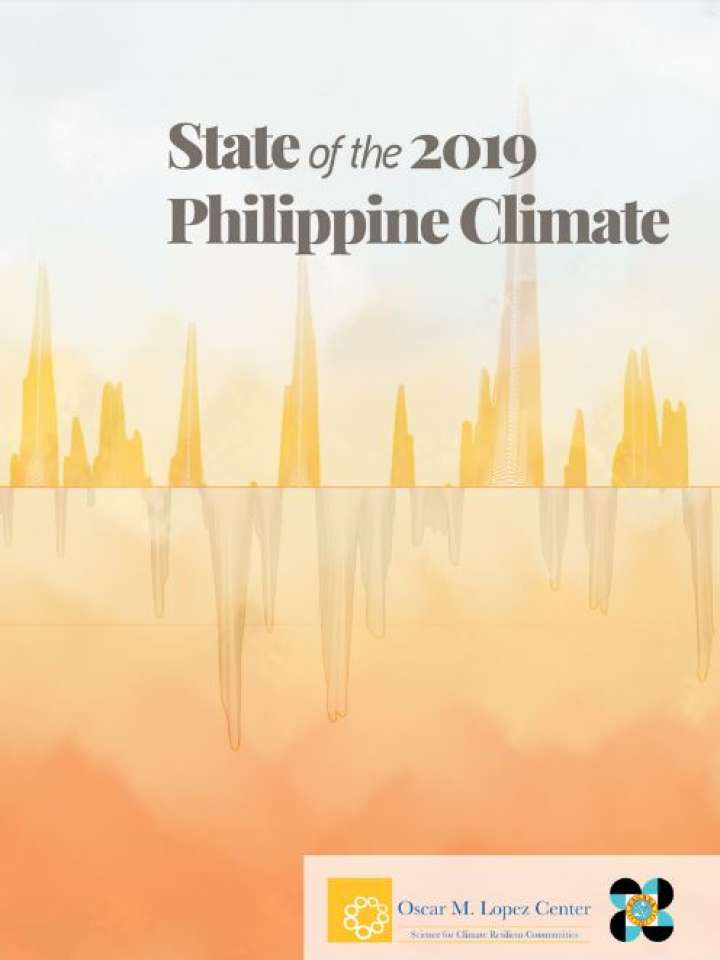State of the 2019 Philippine Climate
The State of the Philippine Climate is an annual report that provides a summary of observations of the country’s climate and climate-related disasters. The publication is produced in partnership with PAGASA, which has been observing and reporting on weather in the Philippines since the 1950s. Using data from PAGASA, NDRRMC, and other national and international institutions, the report’s primary goal is to disseminate necessary climate information that can aid policy makers, local government units, and other stakeholders in their decision making processes towards science-based climate change adaptation and disaster risk management.
The 2019 report is the latest and the 6th publication of the series. The 2019 report gives an overview of the impacts of hydro-meteorological hazards in the country based on data gathered from PAGASA, the National Disaster Risk Reduction and Management Council (NDRRMC), and other institutions. Warmer temperature and below-normal rainfall despite the increase in tropical cyclones entering the Philippine Area of Responsibility (PAR) are some of the key highlights in the State of the 2019 Philippine Climate.
Sectoral Snapshots
Forests
The Sectoral Snapshot on forests highlights that deforestation in the Philippines is directly driven by activities including timber harvesting, forests clearing for agriculture (e.g. “kaingin” and ranching), charcoal and fuelwood making, and converting forest land into residential, commercial and industrial purposes.
Human Health
The Sectoral Snapshot on human health highlights that the health status of Filipinos is slowly improving over the years, with health reform initiatives, advancements of medical approaches and improvements in health infrastructure. However, the public health system in the Philippines, being a developing country, is still challenged.
Explore further
